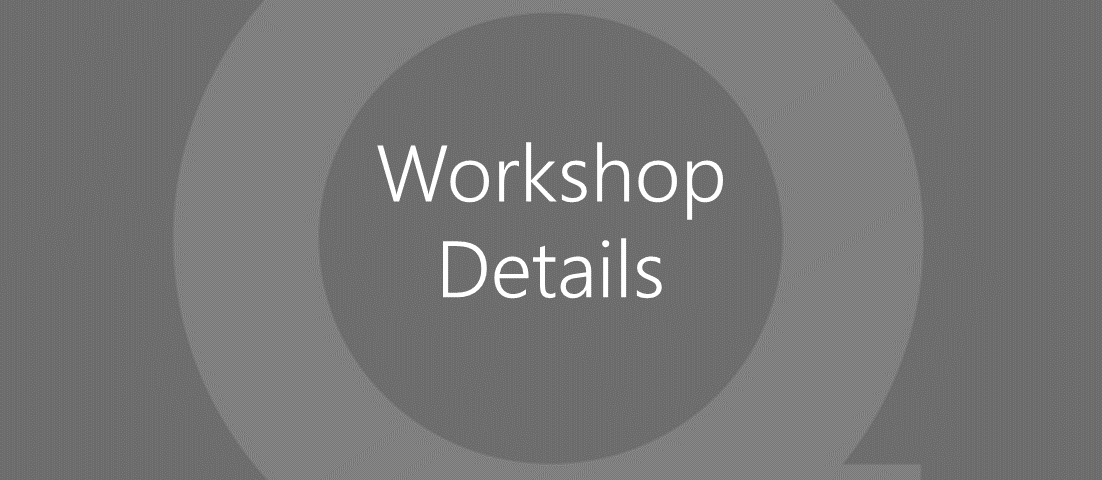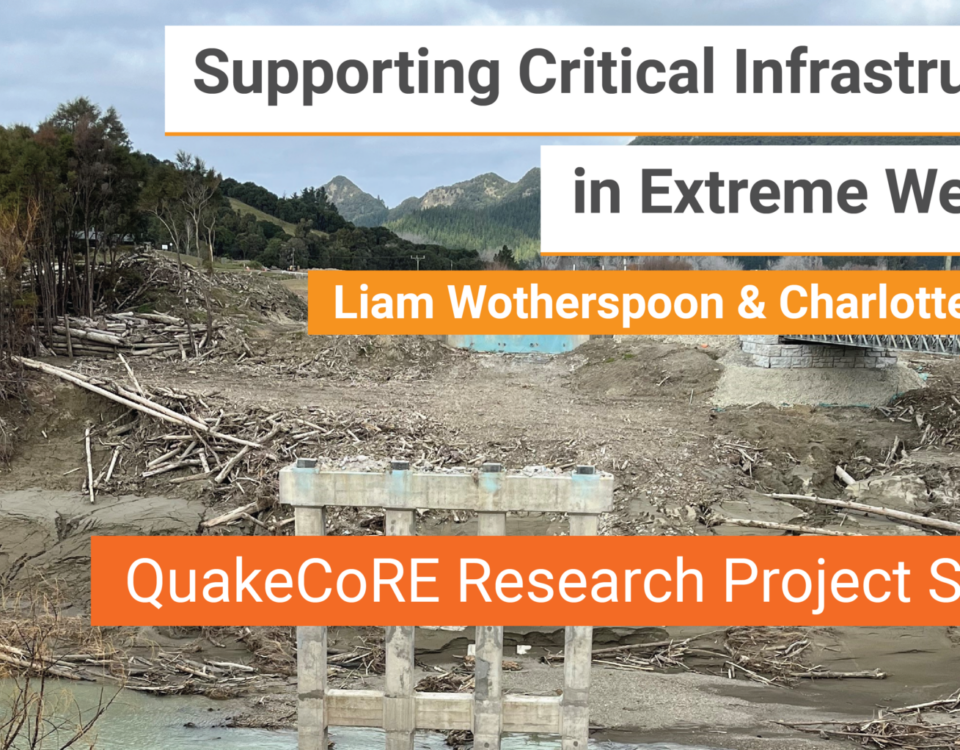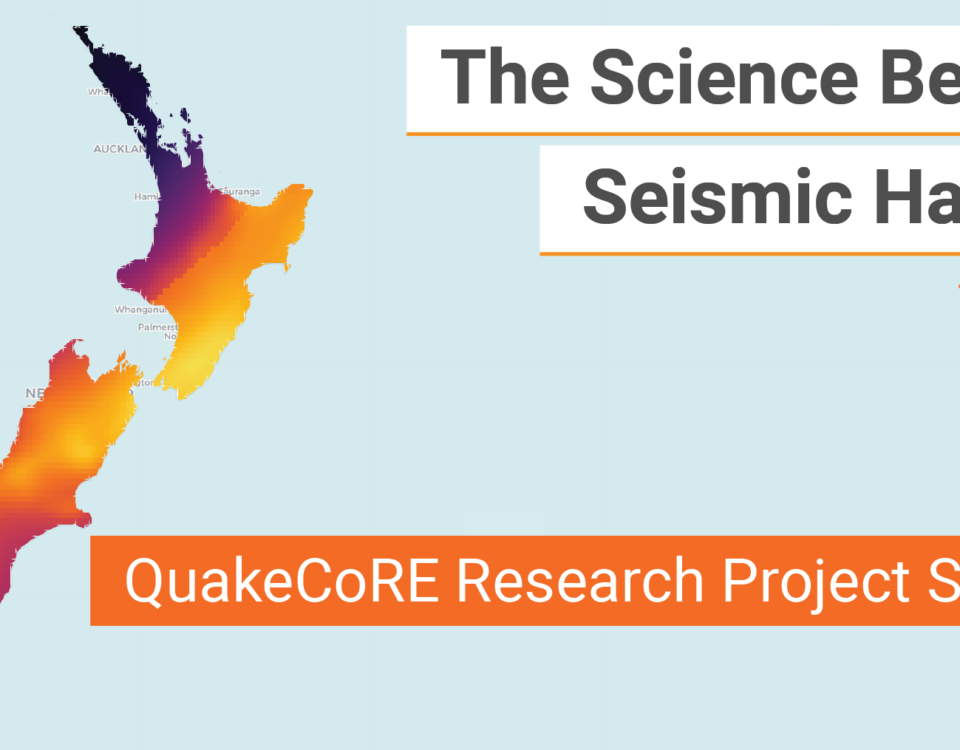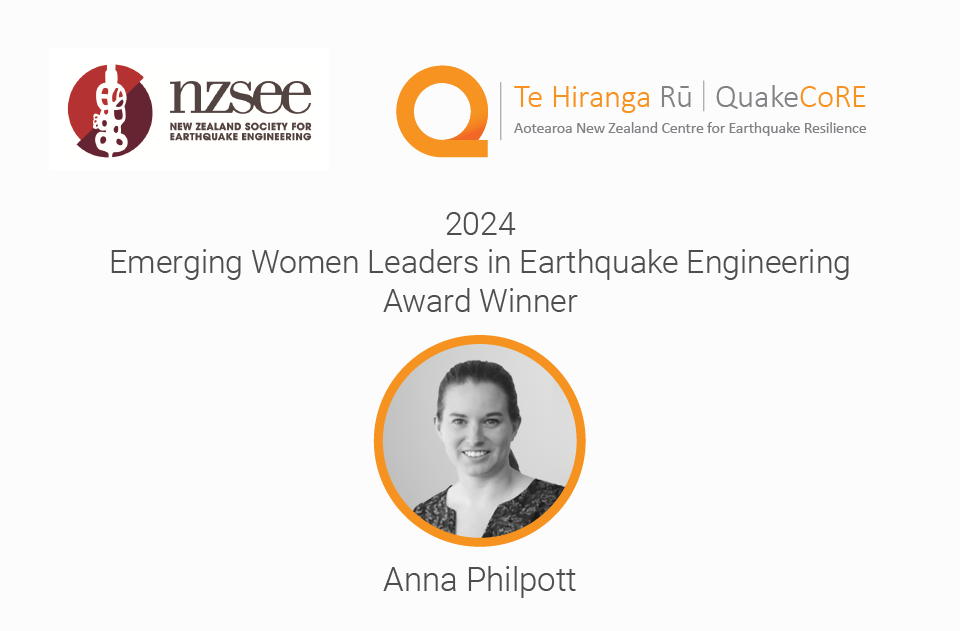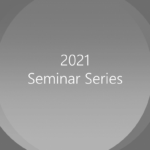
QuakeCoRE Seminar – 26 November 2021
June 18, 2021QuakeCoRE Annual Meeting: Draft Programme
August 2, 2021Workshop details for the 2021 Annual Meeting
| Date | Workshop Leader(s) & Presenter(s) | Workshop Sumary |
| Monday 6 December | ||
| 1.00 pm – 4.00 pm | Matt Gerstenberger | National Seismic Hazard Model
An update on progress on the New Zealand National Seismic Hazard Model and an opportunity to engage with the team and provide input on the science direction and output needs of the model. Request to participate in this workshop (Email) |
| Tuesday 7 December | ||
| 9.00 am – 10.00 am | Anthony Hoete | Transcolonisation of UTAS: University Targeted Admissions System & Mātauranga Māori
QuakeCoRE-’s mission is to transform the earthquake resilience of communities and society through innovative world-class research, education of the next generation, and deep national and international collaborations using Aotearoa New Zealand as a natural earthquake laboratory. Through partnership with key sectors of Te Ao MaÌ„ori, research activities seek to develop and harness maÌ„tauranga MaÌ„ori perspectives on earthquake resilience, to achieve the resilience aspirations of tangata whenua. Education is part of the mission of QuakeCore and when we look at the education system in Aotearoa NZ there is an urgent need for it to be more equitable. Greater resilience in education could be achieved by allowing greater accessibility for Māori into tertiary learning. For Māori to achieve such parity with European NZers would start to honour Te Tiriti obligations. With regard to admissions, the number of Māori students enrolled and graduating from NZ Universities is, at 6%, disproportionately lower than the 17% who constitute the population by ethnicity. University admissions currently use entry requirements which are based purely upon academic GPA performance in secondary school examinations which in turn are based upon western frameworks of knowledge. This workshop seeks to particular work with students and early Researchers. What if indigenous knowledge, that is mÄtauranga Māori, which lies outside the pedagogy currently being taught and examined in secondary schools could be meaningfully framed as part of the admissions process to re-address the societal imbalance? What forms of indigenous methodologies, that is tikanga Māori, could be deployed to expose and calibrate say the tacit forms of knowledge that are not immediately intelligible to non-Māori? By trans-colonising seismic education in the tertiary built environment curriculum the project will facilitate increased engagement from Māori, both through the admission of Māori and Pacific students to universities as well as advance Māori research scholars once within. |
| 10.00 am – 11.30 am | Caroline Orchiston, Mark Stirling and David Johnston | The Challenges of Earthquake Resilience in Lower Seismic Hazard Zones
Many factors shape people-’s interpretations of seismic hazard and risk. Research following the Canterbury (2010-11), Cook Strait (2013), and Kaikōura (2016) earthquakes has shown that the experience of major earthquakes influences people-’s motivations to undertake various personal and policy-related actions. In contrast, people in relatively lower seismic hazard areas are less likely to act even though their exposure to earthquakes is still relatively high at a global scale. Aotearoa New Zealand-’s lower seismic hazard zones, as defined by National Seismic Hazard Model, have longer timeframes for completing work to identify and reduce risks to buildings. This workshop will explore the challenges of quantifying seismic hazard in the seismically “quiet- areas, and the current policies and practices for mitigating risk in areas defined by the Building Act as lower seismic hazard (e.g. Auckland, Northland, East Otago, Eastern Southland). Recent risk-based analyses of urban areas considered to be lower seismic hazard has revealed a higher than expected level of risk. Local government and other stakeholders are challenged by current policies with long timeframes from implementation, resulting in complacency and lack of urgency to address life safety risks posed by buildings. This workshop will bring together a range of perspectives from seismic hazard scientists, risk engineers, local and central government, and social research to explore solutions and pathways to improve the development, uptake and implementation of earthquake risk reduction policy and practice. |
| 1.00 pm – 2.00 pm | Anthony Hoete and Tūmanako Fa’aui | Te Arawa Atlas / Te Ngāti Awa Atlas of Marae Resilience
Impact: Project description: The role and importance of marae in post-disaster/response contexts has been highlighted in recent natural hazard events, where marae have provided the resources to support not only their own marae community, but also the broader community and help supplement the wider initial response (Lambert et al., 2012; Carter & Kenney, 2018). Marae tend to be well suited for civil defence scenarios (Busby, 2010) – able to house large numbers of people, with facilities able to cater to these overflows. In addition to having the capacity to deal with large numbers, marae are often required to deal with sudden influxes of people for tangihanga (funerals), requiring organisation of food, lodging and resources, requiring a similar response time to a hazard event. However, marae can also be vulnerable themselves in natural hazard events, especially those that are based in rural and isolated areas, with limited connections to main infrastructure networks. Therefore, it is imperative that research is developed to provide increased understanding of the potential vulnerability marae infrastructure may face in natural hazard scenarios. The aim of this workshop is to brainstorm who, what and how to research the project. The workshop will examine the research architecture: for example, whether to undertake a photographic survey of existing marae, how to explore the potential adaptations that marae can make and the support they can provide following natural hazard events and who can talk to the subsequent loss of infrastructure service? Each Atlas could collectively build a database (an Atlas) of marae across the country. |


